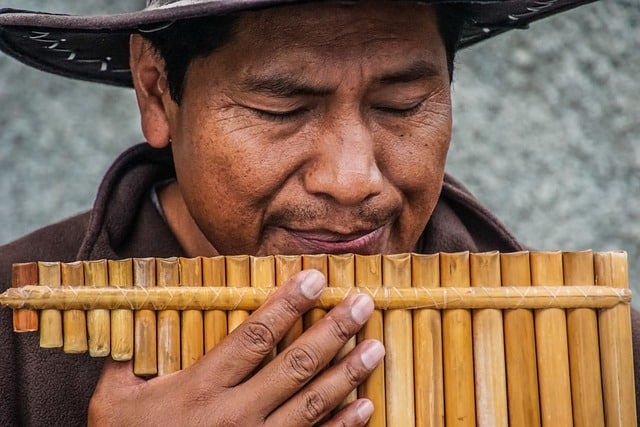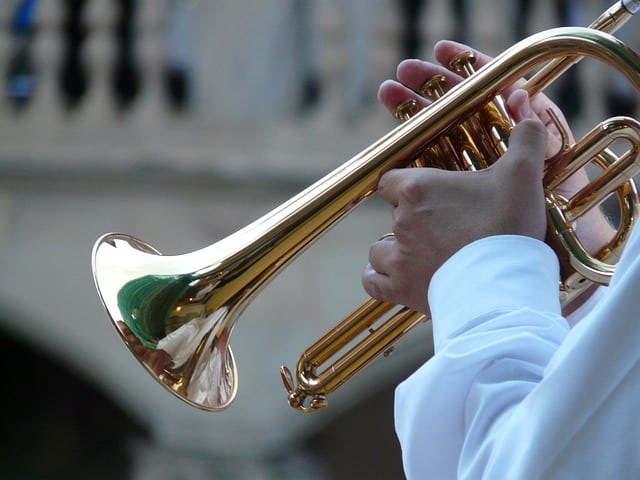
Aerophones are wind instruments.
Aerophone is an adjective that, according to the dictionary of the Royal Spanish Academy ( RAE ), is used to describe wind instruments . An aerophone, therefore, is a musical instrument whose sound is generated from the vibrations of the air, without it being necessary to use membranes or strings .
Inside, an aerophone instrument houses a certain amount of air that, when excited, produces a sound. This sound depends on the volume of the gas, not on the characteristics of the container that provides containment. What this container (the structure of the instrument) does is establish the shape that the volume of the gas will take and, by extension, determine what it sounds like.
Origin of aerophones
The origin of aerophones is considered to be very ancient. So much so that it is established that the first examples of these wind musical instruments would be animal horns , conch shells and even trunks that had been hollowed out inside.
Then, as history evolved, others that were somewhat more "sophisticated" appeared, such as, for example, the so-called kazoos or shepherds' flutes .

The trumpet is an aerophone.
Classification according to type
Wooden aerophones offer a soft ringing sound . The musician must blow through a hole or generate the vibration of a reed. The recorder , quena and erke are examples of wooden aerophones.
As for metal aerophones , they produce a loud ringing sound. In this case, the musician vibrates his lips in a mouthpiece that generates the acoustic frequency. Among the metal aerophones we can name the trumpet , the tuba and the trombone .
There are other ways to rate aerophones. According to the shape of their tubes, they can be prismatic, cylindrical or conical. Regarding the method of obtaining the scale , there are aerophones with tubes of variable length and aerophones with tubes that have holes.
If we focus on the excitation of the air column , we find mouthpiece aerophones (the trumpet), reed aerophones (the harmonica) and embouchure aerophones (the flute).
Traditional aerophones from Spain
In addition to everything indicated, we cannot ignore the fact that in certain countries there are aerophones that are typical and traditional, as well as very characteristic. Thus, for example, we can highlight the following:
– In the Basque Country you can find the famous chistu .
– In the Andalusian province of Huelva , what is called the Rociera flute takes on special relevance. This, as its name indicates, is the typical one played when pilgrims make the journey from their cities of origin to the village of Rocío , where the Virgin of the same name is located.
– In several autonomous communities of Spain, the dulzaina is very characteristic, which has a particularly high-pitched sound and is identified by being made from wood, although each region has a different one.
Some issues to consider
In addition to everything indicated, we can point out these other relevant issues:
– The larger the diameter of the tube, the deeper the sound will be.
– The longer the tube is, the deeper the aforementioned sound will also be. And this will also be more serious the greater the air pressure there is.
